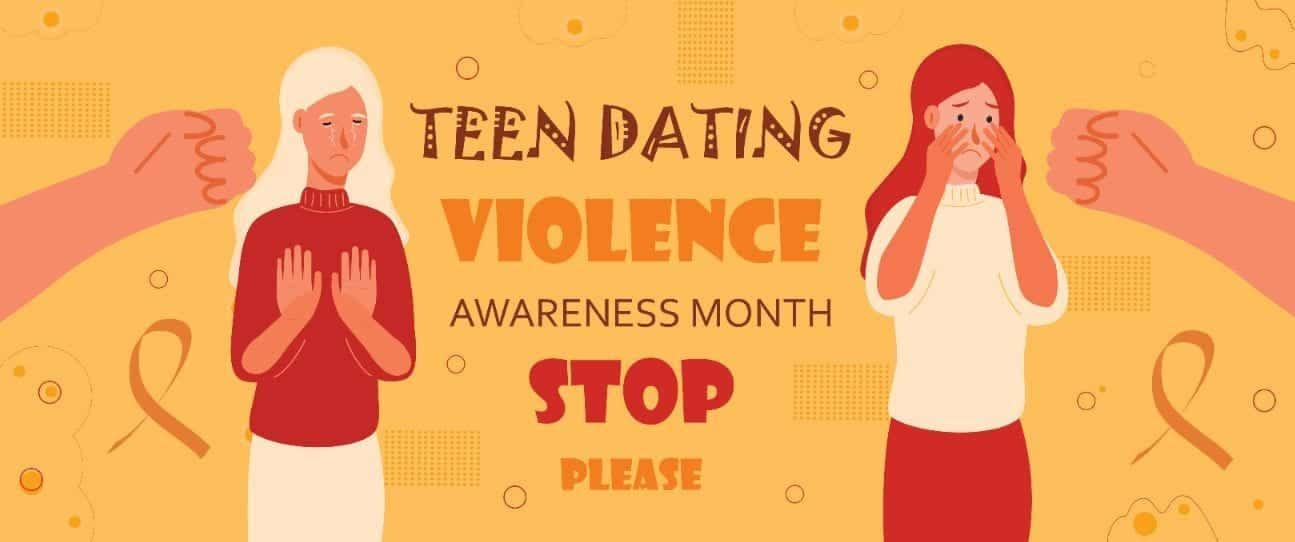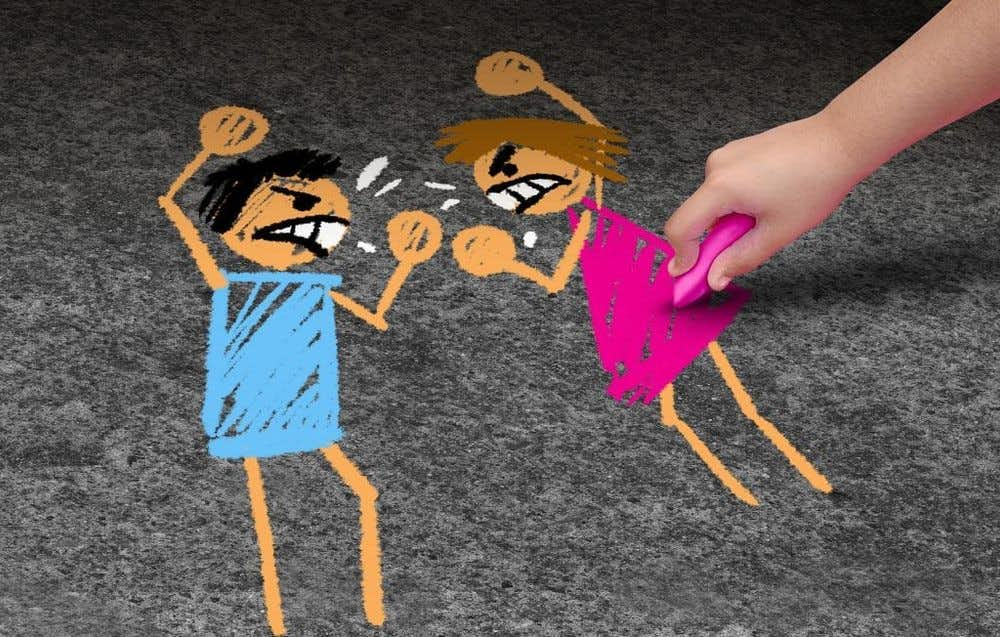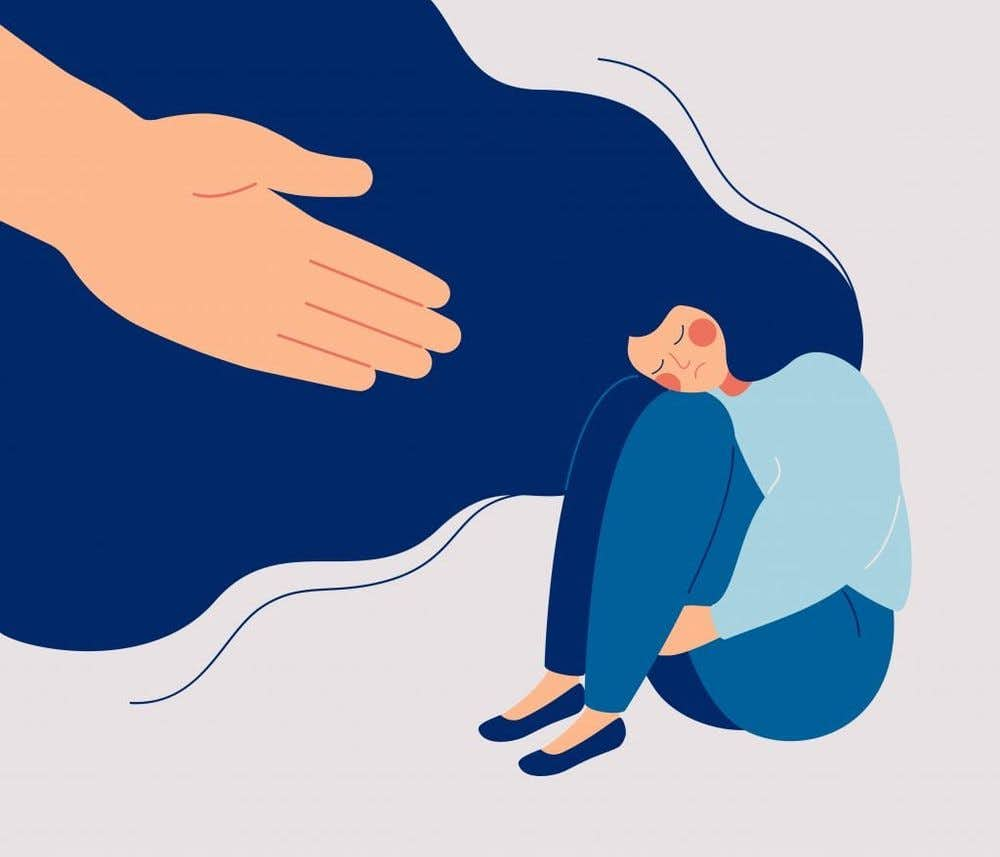February 10th, 2021

February is the shortest month of the year, yet it holds space for us to celebrate many things such as Black History Month, Groundhog Day, and many lighthearted observances. However, let us not forget that February is also Teen Dating Violence Awareness Month.
Intimate partner violence can happen anytime and anywhere: on an ordinary day, a holiday, at home, in public places, at school, and virtually. It has been occurring even more so now than ever before due to the effects of the COVID-19 pandemic.
Teen dating violence (a subset of domestic violence) is a public health crisis. If left unaddressed, the long-term impacts of adolescent relationship abuse can cause mental health challenges, substance/alcohol use, physical illnesses, academic difficulties, strained relationships, continued abusive relationships in adulthood, isolation, employment, and financial instability, violent and/or impulsive behaviors, self-harm, and even suicide or death from intimate partner violence.

According to data pulled from the Centers for Disease Control and Prevention’s Youth Risk Behavior Survey and the National Intimate Partner and Sexual Violence Survey, the rate of teen dating violence is staggering. Per those figures, nearly 1 in 11 females and approximately 1 in 15 male high school students report having experienced physical dating violence in the last year. On a local level, data from the 2009 survey found that 18.5% of high school students in Chicago surveyed were victims of TDV in the previous year. This figure is nearly twice the rate of students nationwide. It should also be noted that individuals who identify as LGBTQ and BIPOC are disproportionately affected by teen dating violence.
Even more concerning, another survey found that only 33% of teens who were in an abusive relationship never told anyone about the abuse and a majority of parents (58%) could not correctly identify all the warning signs of abuse.

Taking these figures into consideration, it can be concluded that raising awareness about domestic violence, increasing resources available to survivors, and educating teens about dating violence and prevention can help combat this health crisis.

Per the Centers for Disease Control and Prevention, teen dating violence is defined as a type of intimate partner violence that occurs between two people in a close relationship and includes repeated patterns of four types of behaviors to exert power and control over another.
While it is incredibly important to familiarize ourselves with what teen dating violence entails, it can still be difficult to spot certain behaviors that may be more subtle in nature or can happen behind closed doors, which is often the case with abuse. Therefore, if you suspect that someone you know may be experiencing teen dating violence, be on the lookout for the following warning signs:

While this list is not exhaustive, the aforementioned signs are some of the most common responses to teen dating violence. If you suspect or have confirmed that you or someone you know is experiencing teen dating violence, the question becomes, “What do I do now?”

Please remember that abuse is never okay. Reach out to a loved one or someone you trust (i.e. parent, teacher, guidance counselor, therapist, or mentor) and seek guidance. There are many agencies and hotlines devoted to helping people through difficult and abusive situations. There is help available; you do not have to do this alone.
Our Services
Virtual/Online CarePHP and IOPAdult PsychiatryChild & Adolescent PsychiatryAdult TherapyChild & Adolescent TherapyCouples CounselingFamily TherapyGroup TherapyPsychological TestingTranscranial Magnetic Stimulation (TMS)